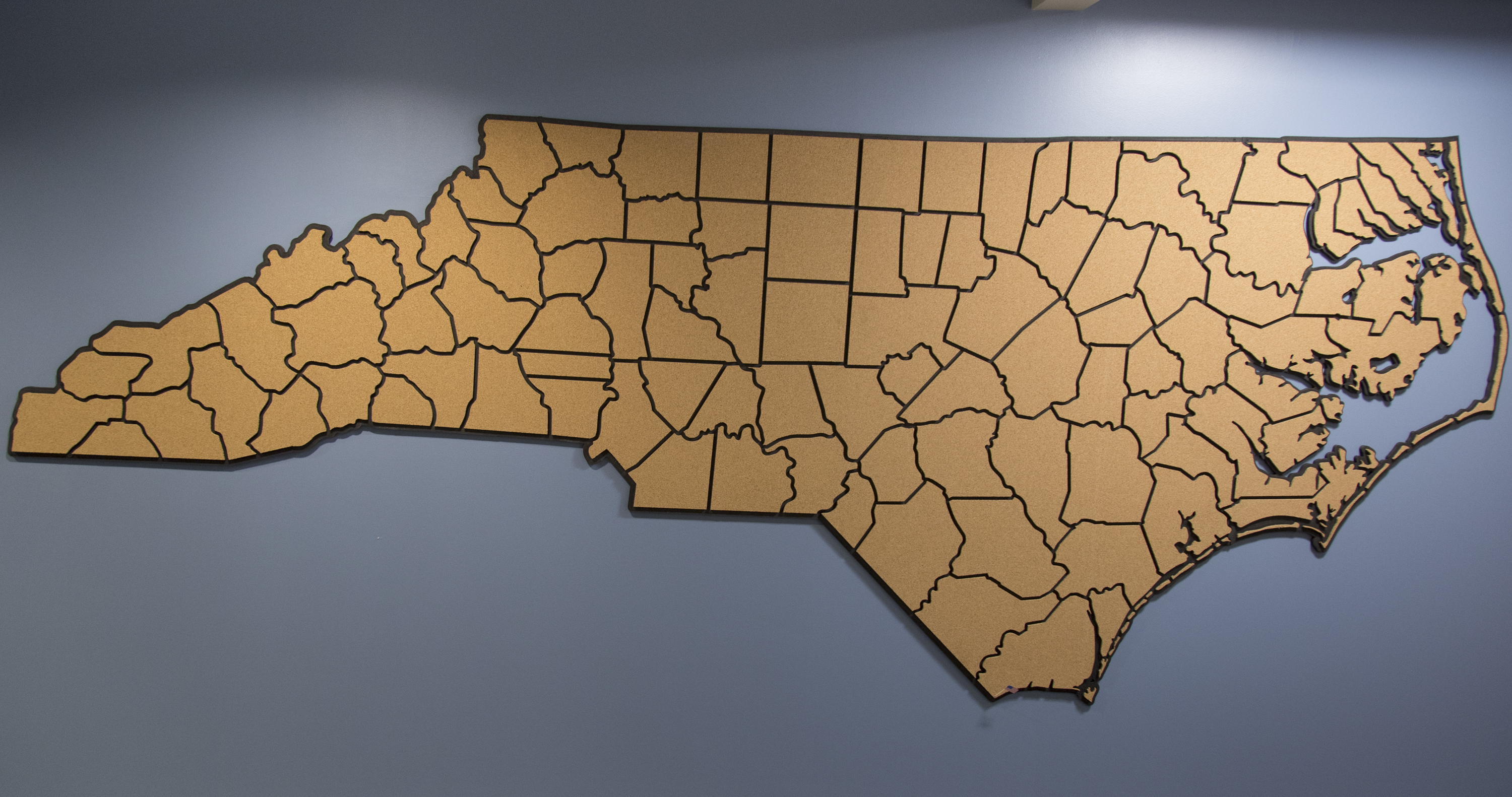Local officials needed to bolster NC Census response
With the 2020 Census collection drawing to a close, North Carolina’s response rate is below the national rate and below its rate in 2010.
As of August 8, 2020, more than four in every ten North Carolina households have not yet filled out the 2020 Census, according to Carolina Demography at the UNC Population Center. North Carolina communities that have not responded at high rates are predominantly rural, Black, and Brown, with low internet access. As Non-Response Follow-Up efforts begin, North Carolina and the U.S. Southeast response continues to lag.
Census collection has been adversely impacted due to COVID-19. The U.S. Census Bureau announced in early August that it is ending all counting efforts for 2020 one month early on September 30.
A low response rate puts the state at risk of missing out on its fair share of more than $1.5 trillion in federal dollars from census-derived programs. This includes—but is not limited to—critical public services such as hospitals, schools, road repairs, and emergency response services. This handout from Carolina Demography shares more about programs impacted by 2020 Census results.
Census results are not only important on the federal level. Effective, efficient governance in North Carolina’s municipalities and counties relies in part on accurate data to inform decision-making. By better understanding who lives and works in their communities, local governments can improve the lives of their constituents.
North Carolina’s county and municipal officials play an important role in improving Census response rates for their communities. Carolina Demography has offered suggestions for concrete actions public officials can take and is ready to assist in these efforts.
What local governments and officials can do:
- Make sure you have completed the 2020 Census. You can respond to the Census online at My2020Census.gov, over the phone by calling 844-330-2020, or through the paper questionnaire received in the mail.
- Include a Census reminder in any local government communications, including newsletters, social media or NextDoor posts, or pickup events for food/library books/voter registration material.
- Add Census reminders on utility billings and government websites.
- Ask religious institutions, local nonprofits, schools, and other community facilities if they can remind people to fill out the 2020 Census using their displays.
- Write to demography@unc.edu if you need help identifying Census tracts or have additional questions.
Resources for Census completion:
- Use resources like the Carolina Demography Census tracker and this map from the City University of New York to understand which neighborhoods need to improve their responses the most.
- Access printed and video guides in several languages from the Census Bureau.
- Share how to identify a Census worker using guidance from Census.gov.
North Carolina success stories:
- Granville County: Considering a Census mailing? In June, Granville County Government mailed a request to respond to all county addresses, increasing their response rate by two percent (vs. one percent statewide for the same time period). This is estimated to bring over $2.2 million back to Granville County annually in Census-driven funds.
- Yadkin County: In July, Yadkin County contracted with a media company to email opt-in residents. The email had an over-15 percent open rate and, in the two weeks after the email, Yadkin’s response rate increased 0.7 percent (vs. 0.3 percent in the two weeks prior). This represents about $350,000 in funds back to Yadkin County in just two weeks. The estimated campaign cost was under $1,000.
- Buncombe County: Under the revised Mobile Questionnaire Assistance (MQA) program, Buncombe County will host two kiosk response centers to drive response. They will host other kiosks through September 30. To find out more about the MQA program, visit U.S. Census Modified MGA Plan or call your Area Census Office as noted on the Area Census Office Map. Additionally, Buncombe County Libraries are providing free WiFi in their parking lots or at public computers by appointment to complete the Census.
Published August 19, 2020



